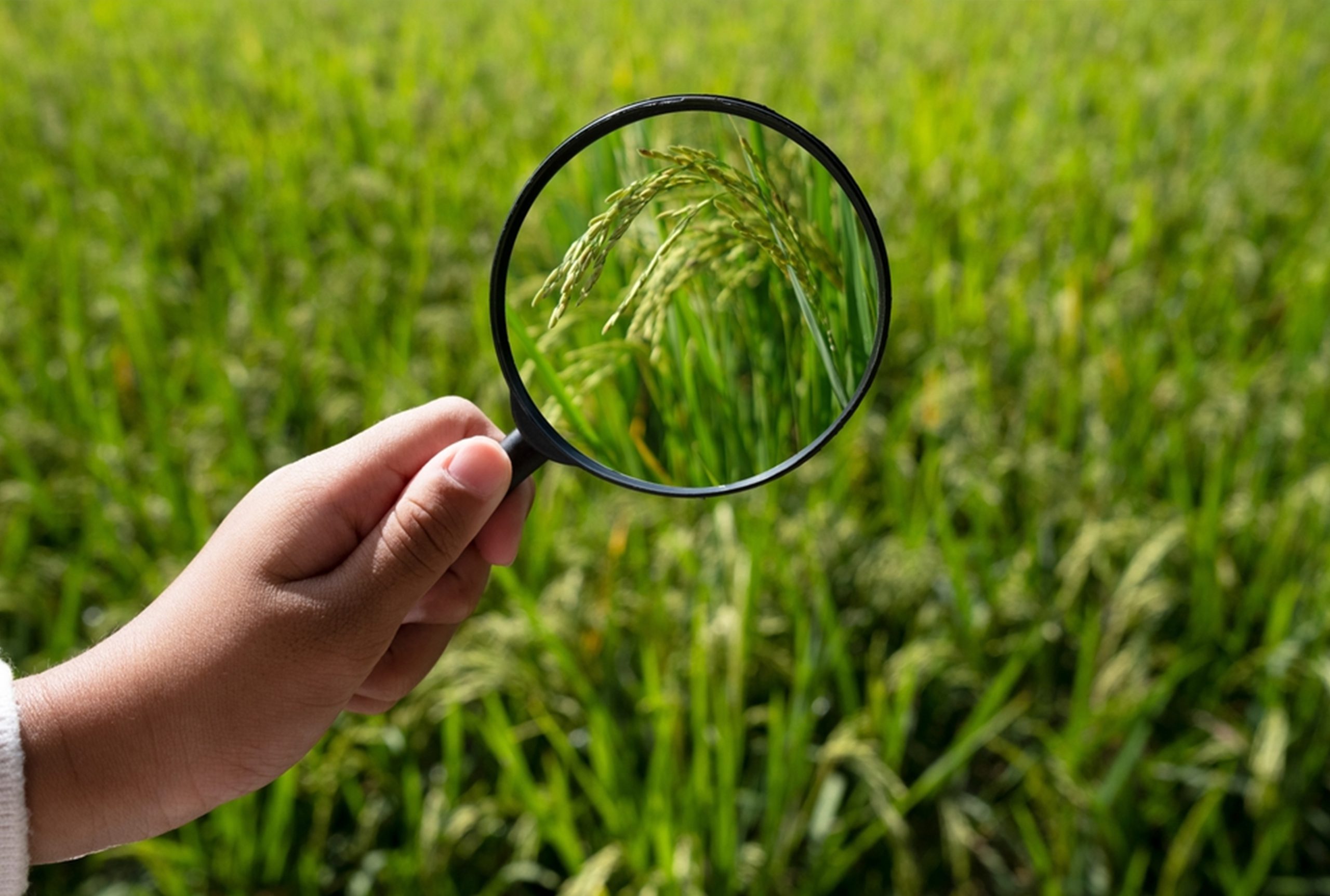It enaIt is critical to understand how the environment and genetics impact lentil yields. bles gardeners to pick lentil types that can adapt to various situations and generate high-yielding, high-quality harvests.
Further; both, genetic and environmental factors will be discussed separately and more elaborately.
Genetic Factors
To summarize, the genetic variables influencing plant growth and development, as well as crop yield, include all those that do not include environmental influences.
They relate to the plant's overall gene makeup or the smallest unit of its totality that governs the manifestation of certain features. They are also known as internal factors since they influence plant properties from within the plant, especially the cell.
In other words, a plant exhibits a distinct feature because it has a genetically determined blueprint that makes such a trait inherent in the plant. Without such a genetic blueprint, any modification of external circumstances (referred to as environmental) will fail to cause the plant to exhibit such a feature.
Crop yield is regulated by a number of genes, each of which regulates the expression of specific traits but contributes to the overall yield via additive and/or interaction effects. Yield parameters are characteristics such as the number of seeds per plant and average seed weight. However, the fact is that gene expression does not always follow the rule of independent assortment.
Environmental Factors
Environmental variables are non-genetic elements that influence a plant's traits. To put it another way, they are the components of all variables that impact plant growth and development, excluding genetic factors. They have also been referred to as external factors, in contrast to genetic factors, which are regarded as internal.
A suitable environment can enable full manifestation of crop yielding potential with the proper gene combination. Unfavorable circumstances, on the other hand, can prevent or reduce gene expression. Despite the descriptive term "environmental," these plant development variables should not be regarded as referring simply to the exterior influences that humans can easily detect.
They include, but are not limited to, sunshine, temperature, dry or wet air, and other climatic variables.
The term "
environmental factors" refers to all of the external circumstances to which a plant or its internal parts are exposed or interact, as well as the conditions under which a plant lives, and encompasses physical, chemical, and biological elements.
They are referred to as "external" because they originate outside of the plant, namely outside of the genetic factors.
Conclusion
At the end, we could say, regarding the relation between genetic and environmental factors in crops growth, in the presence of favorable environmental conditions, an organism's ultimate features are determined by the total mix of genes. It decides whether an organism should be classified as a plant, animal, fungus, protist, or moneran.
This genetic element also affects whether a plant is a tree, a shrub, a herb, a vine, a liana, a vascular or non-vascular plant, a gymnosperm or an angiosperm, and all the way down to the lowest categorization of a species, a variation, a line, or a strain.



